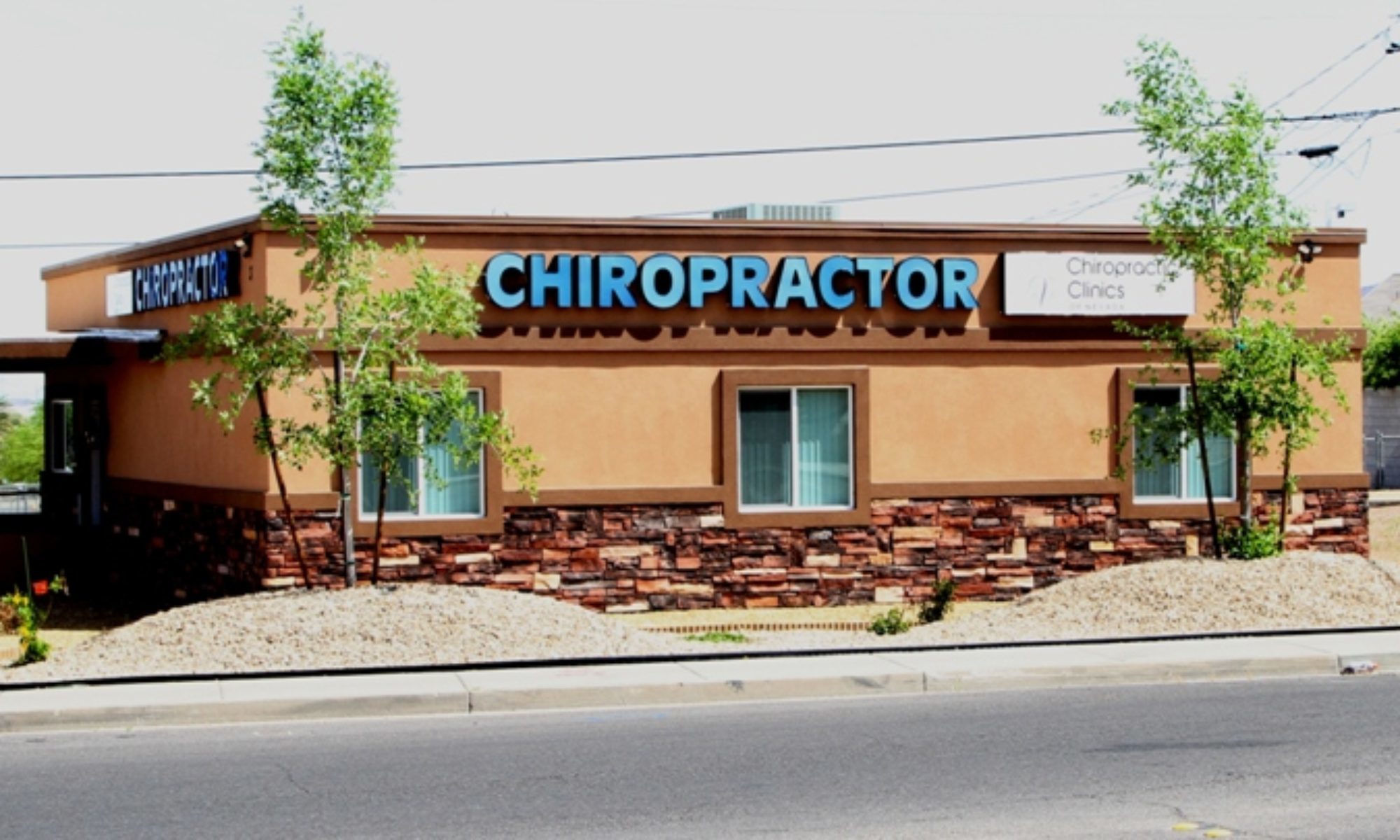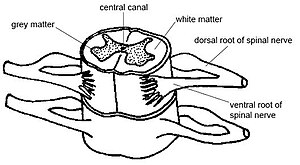Back and Leg Pain (Lumbar Radiculopathy) as a Result of Disc Herniation and the Long Term Effect of Chiropractic Care
By Mark Studin DC, FASBE (C), DAAPM, DAAMLP
The term “herniated disc” has been called many things from a slipped disc to a bulging disc. For a doctor who specializes in disc problems, the term is critical because it tells him/her how to create a prognosis and subsequent treatment plan for a patient. To clarify the disc issue, a herniated disc is where a disc tears and the internal material of the disc, called the nucleus pulposis, extends through that tear. It is always results from trauma or an accident. A bulging disc is a degenerative “wear and tear” phenomenon where the internal material or nucleus pulposis does not extend through the disc because there has been no tear, but the walls of the disc have been thinned from degeneration and the internal disc material creates pressure with thinned external walls. The disc itself “spreads out” or bulges.
There are various forms and degrees of disc issues, but the biggest concern of the specialist is whether nerves are being affected that can cause significant pain or other problems. The problem exists when the disc, as a result of a herniation or bulge, is touching or compressing those neurological elements, which is comprised of either the spinal cord, the nerve root (a nerve the extends from the spinal cord) or the covering of the nerves, called the thecal sac.
With regard to the structure that we have just discussed, the doctor must wonder what the herniation of the neurological element has caused. In this scenario, there are 2 possible problems, the spinal cord and nerve root. If the disc has compromised the spinal cord, it is called a myelopathy (my-e-lo-pathy). You have a compression of the spinal cord and problems with your arms or legs. An immediate visit to the neurosurgeon is warranted for a surgical consultation. The second problem is when the disc is effecting the spinal nerve root, called a radiculopathy. It is a very common problem. A doctor of chiropractic experienced in treating radiculopathy has to determine if there is enough room between the disc and the nerve in order to determine if a surgical consultation is warranted or if he/she can safely treat you. This is done by a thorough clinical examination and in many cases, an MRI is required to make a final diagnosis. Most patients do not need a surgical consultation and can be safely treated by an experienced chiropractor.
While herniations can occur anywhere, it was reported in the US Chiropractic Directory in 2010 that 95% occur in the lower back, who stated “The highest prevalence of herniated lumbar discs is among people aged 30–50 years, with a male to female ratio of 2:1. In people aged 25–55 years, about 95% of herniated discs occur at the lower lumbar spine (L4/5 and L5/S1 level); disc herniation above this level is more common in people aged over 55 years.”
It was reported by Aspegren et al. (2009) that 80% of the chiropractic patients studied with both neck and low back (cervical and lumbar) disc herniations had a good clinical outcome with post-care visual analog scores under 2 [0 to 10 with 0 being no pain and 10 being the worst pain imaginable] and resolution of abnormal clinical examination findings. Anatomically, after repeat MRI scans, 63% of the patients studied revealed a reduced size or completely resorbed disc herniation. A study by Murphy, Hurwitz, and McGovern (2009) focused only on low back (lumbar) disc herniations and concluded that, “Nearly 90% of patients reported their outcome to be either ‘excellent’ or ‘good’…clinically meaningful improvement in pain intensity was seen in 74% of patients (p. 729).” The researchers also concluded that the improvements from chiropractic care was maintained for 14 1/2 months, the length of the study, indicating this isn’t a temporary, but a long-term solution. It was reported by BenEliyahu (1996) that 78% percent of the low back-lumbar disc herniation patients were able to return to work in their pre-disability occupations, which is the result of the 90% of all low back-lumbar disc herniation patients getting better with chiropractic care as discussed above.
These are the reasons that chiropractic has been, and needs to be, considered for the primary care for low back-lumbar disc herniations with resultant pain in the back or legs. This study along with many others concludes that a drug-free approach of chiropractic care is one of the best solutions for herniated discs and low back or leg pain. To find a qualified doctor of chiropractic near you go to the US Chiropractic Directory at www.USChiroDirectory.com and search your state.
References:
1. http://www.uschirodirectory.com/index.php/patient-information/item/242-cervical-and-lumbar-disc-herniations-and-chiropractic-care
2. Aspegren, D., Enebo, B. A., Miller, M., White, L., Akuthota, V., Hyde, T. E., & Cox, J. M. (2009). Functional scores and subjective responses of injured workers with back or neck pain treated with chiropractic care in an integrative program: A retrospective analysis of 100 cases. Journal Manipulative Physiological Therapy 32(9), 765-771.
3. BenEliyahu, D. J. (1996). Magnetic resonance imaging and clinical follow-up: Study of 27 patients receiving chiropractic care for cervical and lumbar disc herniations. Journal Manipulative Physiological Therapy, 19(9), 597-606.
4. Murphy, D. R., Hurwitz, E. L., & McGovern, E. E. (2009). A nonsurgical approach to the management of patients with lumbar radiculopathy secondary to herniated disk: A prospective observational cohort study with follow-up. Journal Manipulative Physiological Therapy, (32)9, 723-733.






